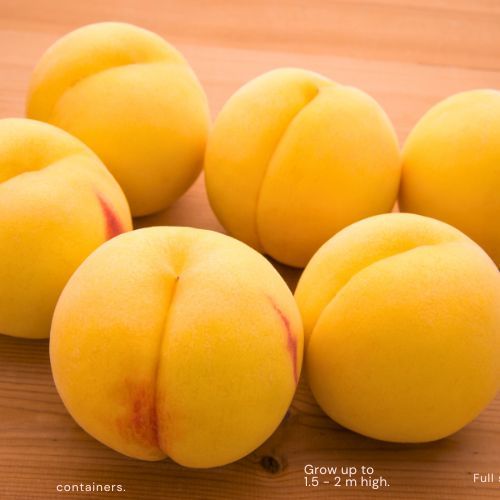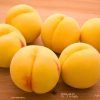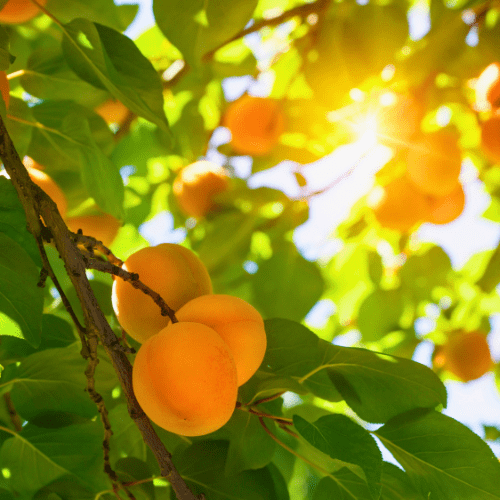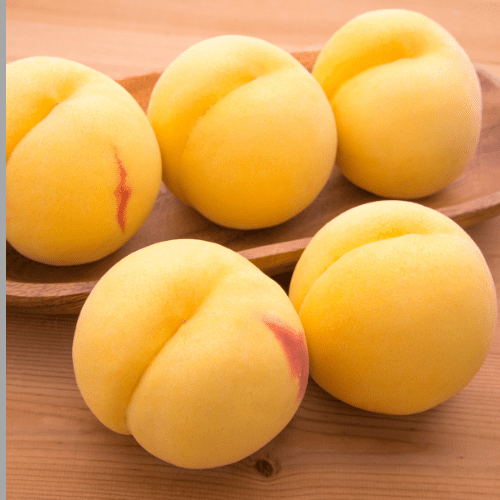Position
Peaches, including Bonnigold, need full sun exposure (at least 6-8 hours of direct sunlight daily) to produce sweet and juicy fruit.
Choose a location with good air circulation to reduce the risk of fungal diseases. Space trees about 5m apart to allow for proper growth.
Soil
They prefer well-drained soil with a pH level between 6.0 and 6.5. Sandy loam or loamy soils are ideal. Ensure the soil is fertile and rich in organic matter.
Water
Regular watering, especially during dry periods and while the fruit develops. Deep watering is preferable to shallow watering because it encourages deep root growth.
Fertilising
Apply our slow-release all-plant fertiliser. Apply 1 teaspoon every 4-5 months. The roots will absorb what they need.
Alternatively, apply a balanced fertiliser (such as 10-10-10) in early spring before new growth begins. Thereafter fertilise annually in early spring.
Mulch
Use from 2 to 5 centimetres of pine bark mulch to protect the roots from UV damage and drying out. It retains moisture, and maintains an optimal pH. Do not let the mulch touch the plant stem, as it may cause infection or rot.
Pruning
Prune Bonnigold peach trees annually to maintain an open center or vase shape, which improves air circulation and sunlight penetration. Prune in late winter to early spring before new growth begins.
Pest and Disease Management
Monitor for common peach pests such as aphids, peach twig borer, and peach tree borer. Use integrated pest management techniques and consider spraying in early spring to control overwintering pests.
Agricultural Neem Oil or Effective Microorganisms (EM Control ) will assist in either prevention or after the fact. If you already have aphids or mites, wash the vine down with a harsh hosing, and when dry, spray with Neem oil or EM Control. Peach trees need regular spraying before the onset of fruit and immediately after buds turn to small fruit. Continue organic spraying regularly for good-quality peaches.
Thinning Fruit
Thin fruit in early summer when they are about the size of a dime to promote larger, healthier fruit and prevent branch breakage due to excessive weight.
Harvesting
Bonnigold peaches are ready for harvest in mid to late summer, depending on your location and local climate. Harvest when the fruit is fully ripe but still firm, and the background colour has turned from green to yellow.








